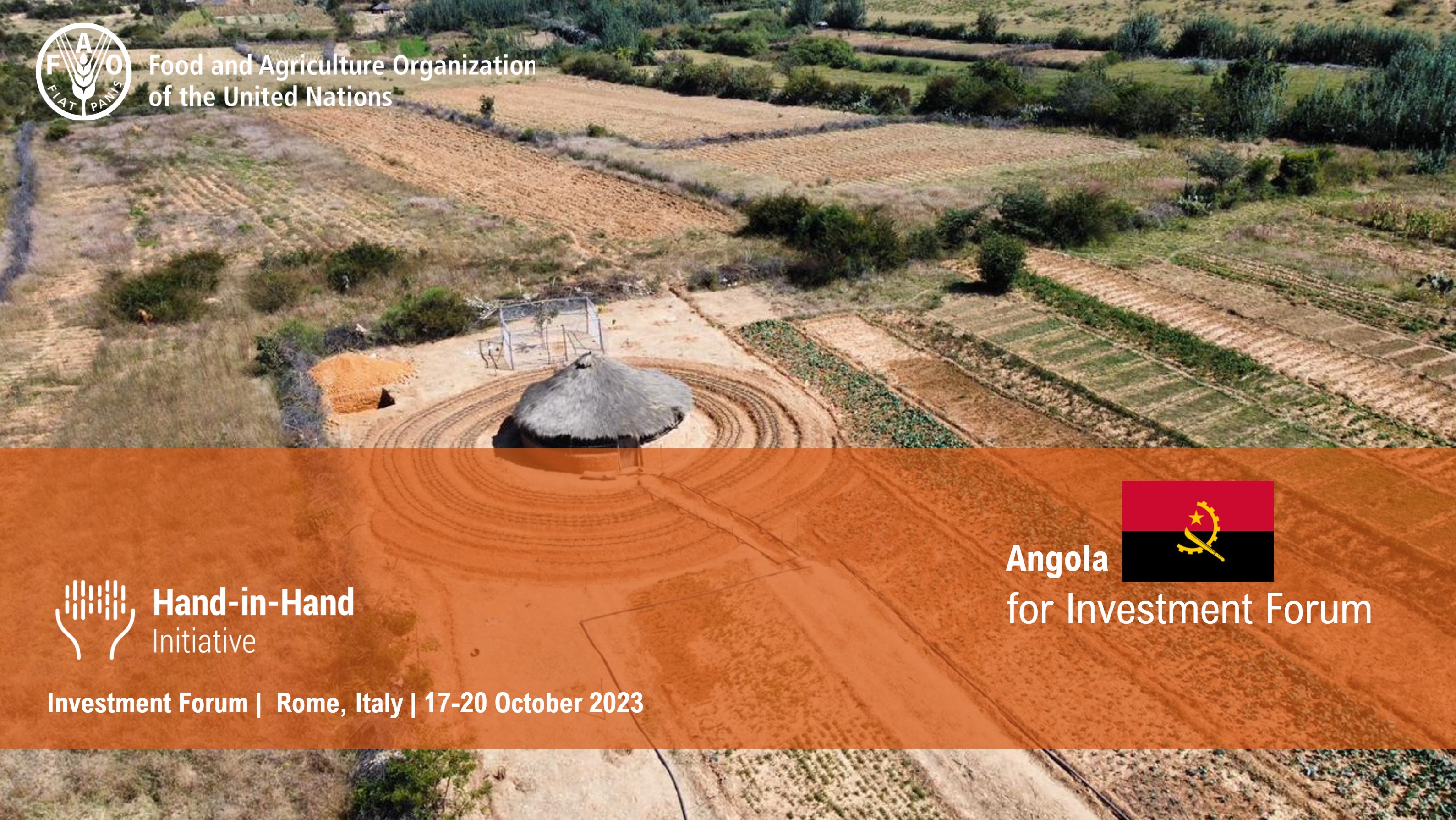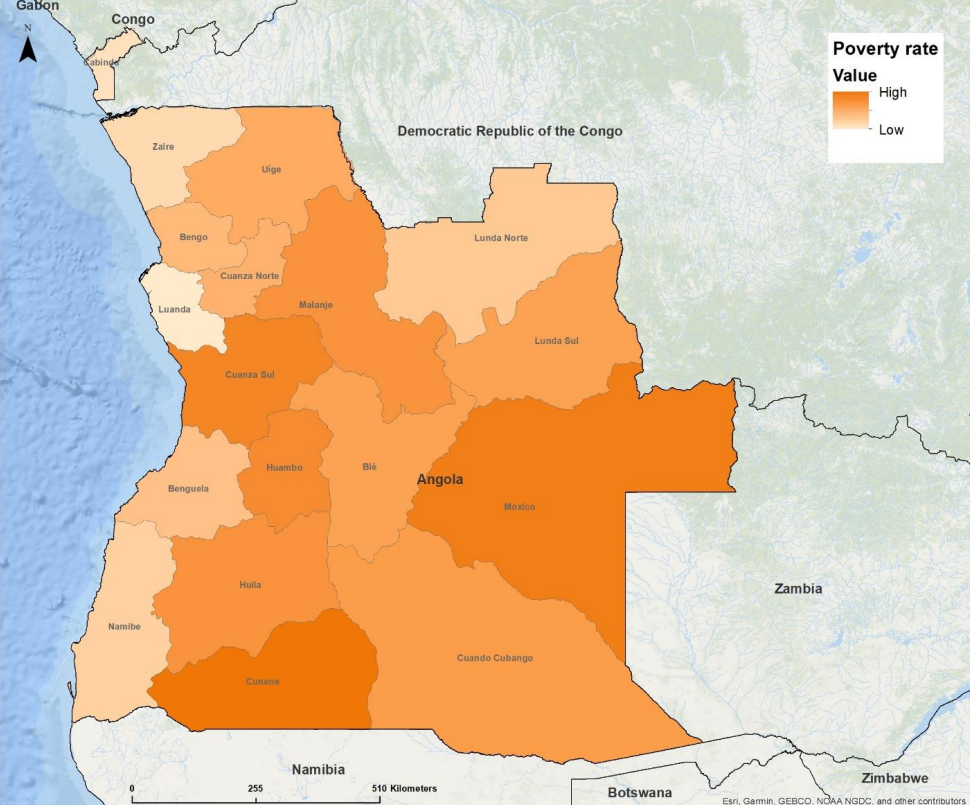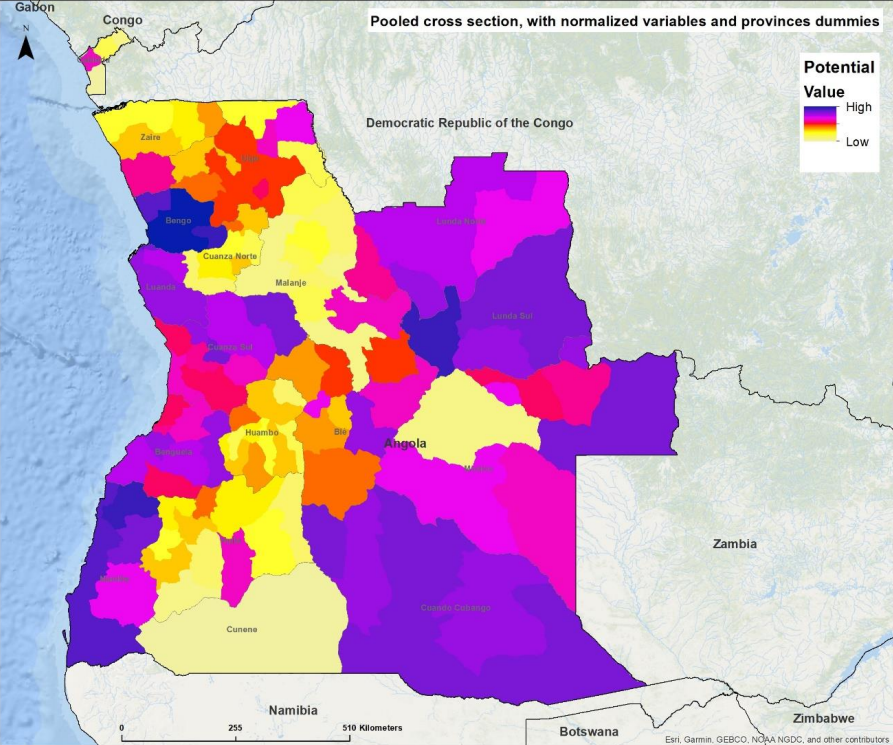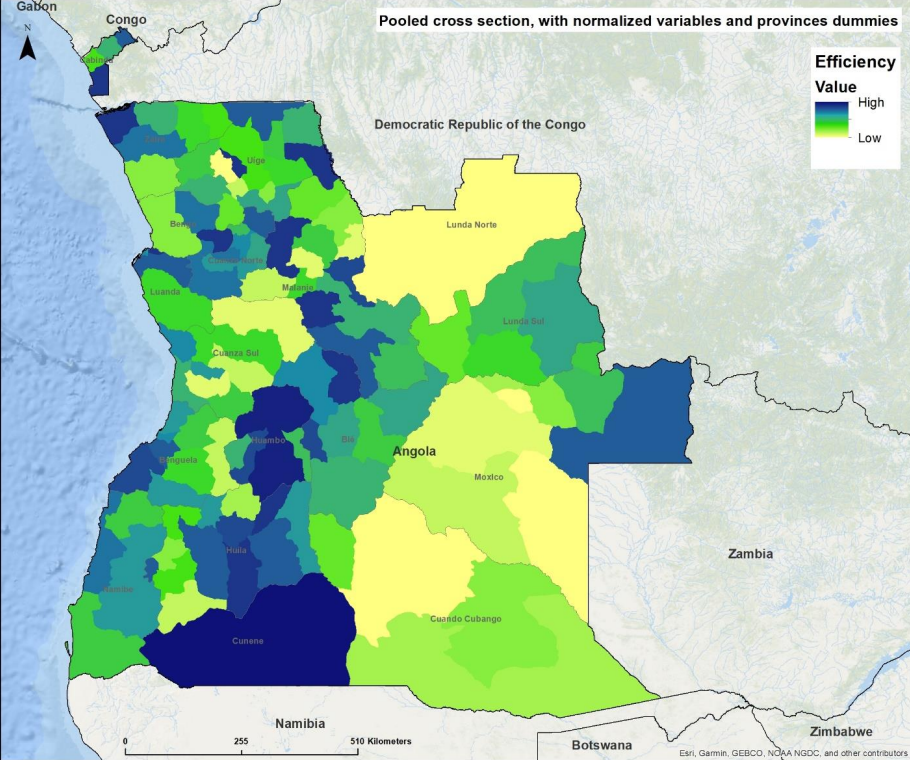INVESTMENT PRESENTATION
THE PROPOSAL
The Hand-in-Hand initiative, in partnership with the Government of Angola, has embarked on a transformative endeavour in line with the country's drive to make agriculture the linchpin of economic growth and job creation. While Angola ranks as Africa's second-largest oil producer, its economy is aiming at a more diversified production structure. As part of its National Development Plan 2023 - 2027, the Government of Angola has identified two key accelerators to harness the country's agricultural potential in the production of cereals and livestock as a resolute response to the growing demand for food imports, particularly cereals for human and animal feed and poultry - the National Grain Plan (PLANAGRÃO) and the National Plan for the Promotion and Development of Livestock (PLANAPECUÁRIA).
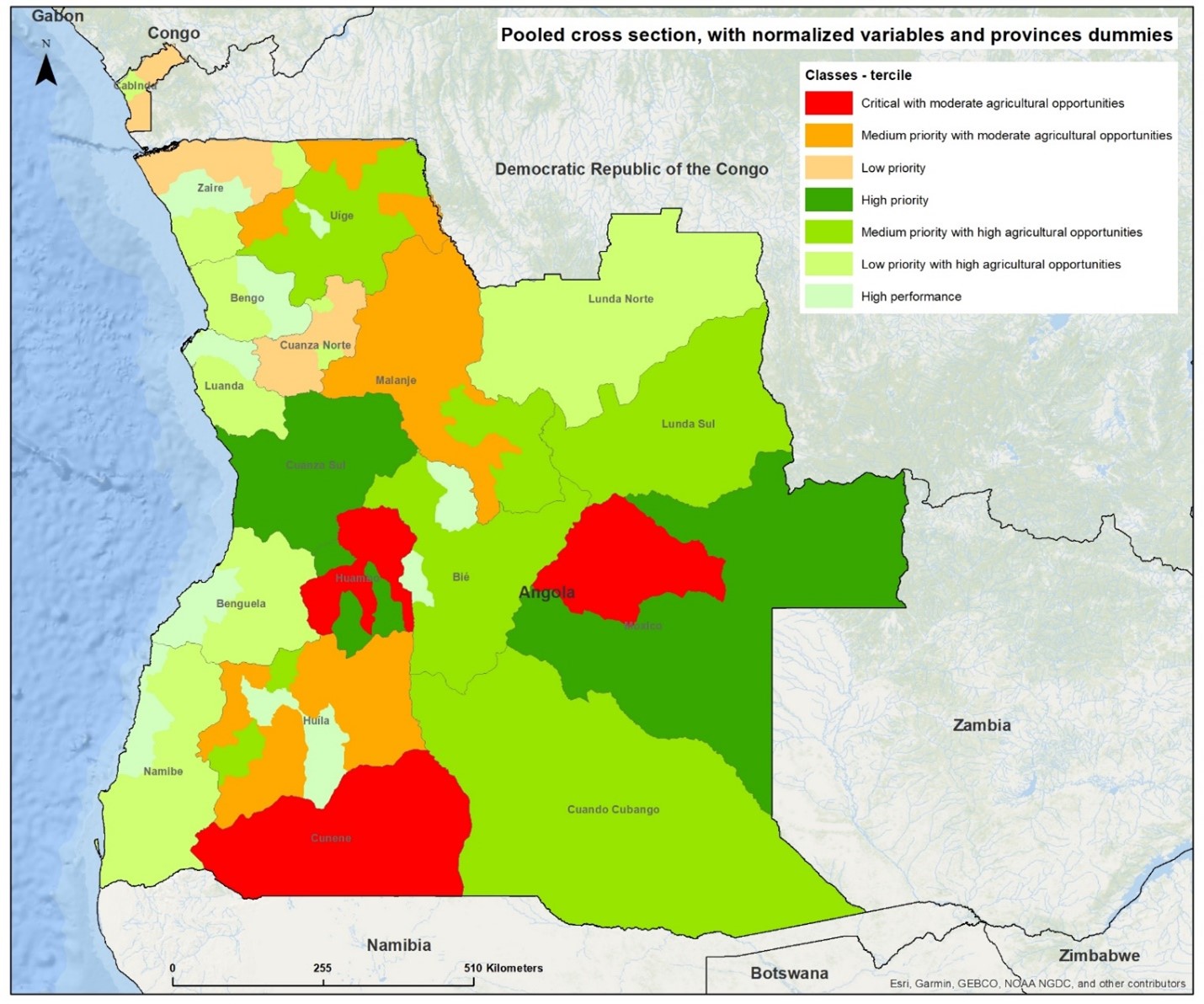
Angola’s wealth of untapped resources, encompassing 35 million hectares of arable land, with only 10% cultivated, offers prospects for agribusiness growth. Favourable climate conditions add to this potential. The demographic composition of the country stands as a potent asset, poised to beckon investors. An overwhelming preponderance of youth defines Angola's populace, with approximately 60% under the age of 25 and a substantial 47% spanning the ages of 15 to 35. This burgeoning workforce not only fuels domestic demand for food but also offers a valuable resource pool to drive productivity, innovation, and entrepreneurial energy in agriculture, transcending the confines of oil-dependency.
Poverty
Potential
Efficiency
COMMODITIES AND INTERVENTIONS
Grains
PLANAGRÃO assumes a pivotal role in invigorating the domestic production of essential grains, specifically maize, wheat, soya, and rice, benefiting over 200 000 farmers. This strategic initiative is characterized by a series of imperative interventions, marked by a commitment of US$2.4 billion towards bolstering public infrastructure. Central to this allocation are endeavours such as the delineation of production zones and their subsequent partitioning, in addition to the establishment of vital access roads. These undertakings are set to substantially enhance the agricultural landscape, creating an enabling environment for optimal productivity. An additional US$3.3 billion is earmarked to facilitate the development of the private sector, effectively channelled through the Angolan Development Bank (BDA) and the Angolan Venture Capital Active Fund (FACRA). This funding is established as a dedicated credit line, strategically calibrated to strengthen and promote private sector entities in the production of maize, wheat, soya and rice.While the current production of grains follows a trend that is well below the expected consumption, the consumption gap (without accounting for imports) lies around 4.5 million metric tonnes, on average for the next 5 years. Hence, the investment case for grains proposes a total production target of 3.8 million metric tonnes with an investment requirement of around US$1.1 billion.
The Hand-in-Hand Initiative is supporting Angola’s PLANAGRÃO and development of private sector by targeting the production development of wheat, rice, maize, and soy. 391,622 hectares have been legalized for private sector use which are currently not under production. Therefore, Angola is looking for investments of $550 million USD to produce 1.3 million MT of grains in 5 years. With an IRR of 21%, more than 130 thousand producers will be benefited and internal demand will be supplied, especially for animal feed.
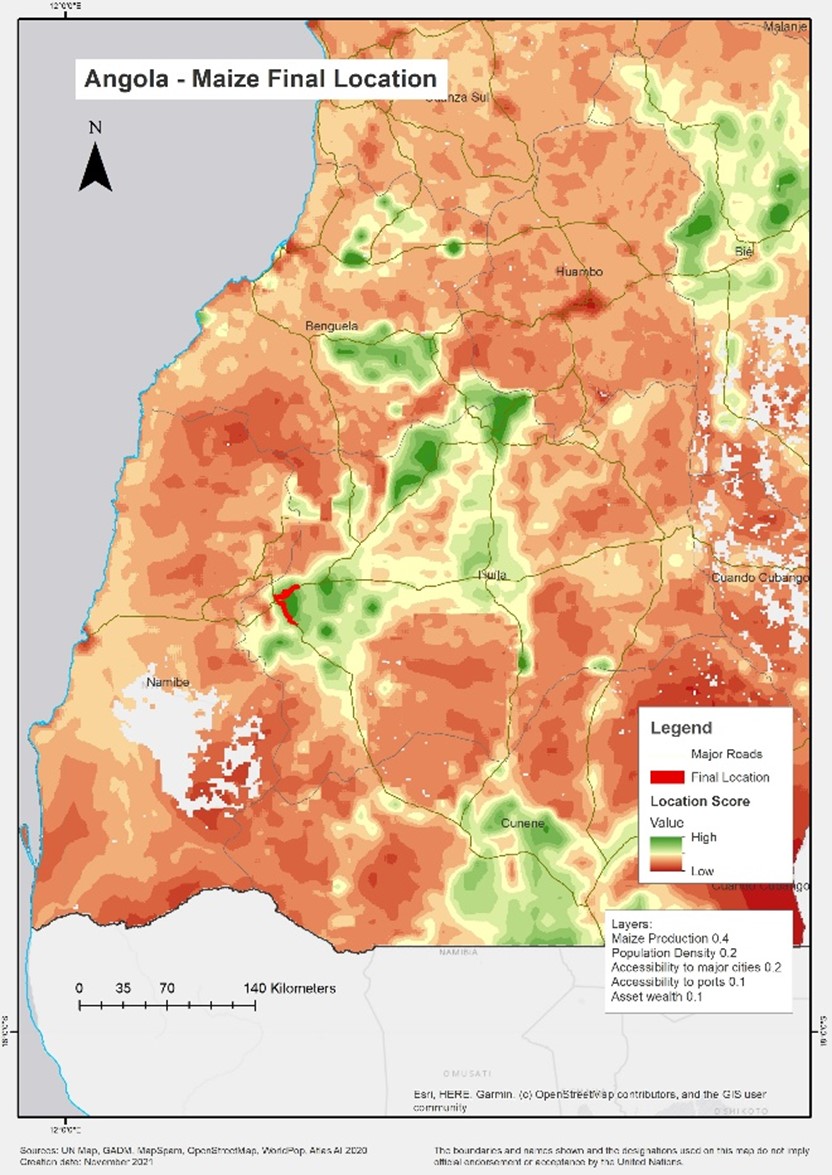
RESOURCES
See the investment plan slide deck presentation from Angola for IF 2023.
CONTACT
For more information, please contact the Hand-in-Hand team.




